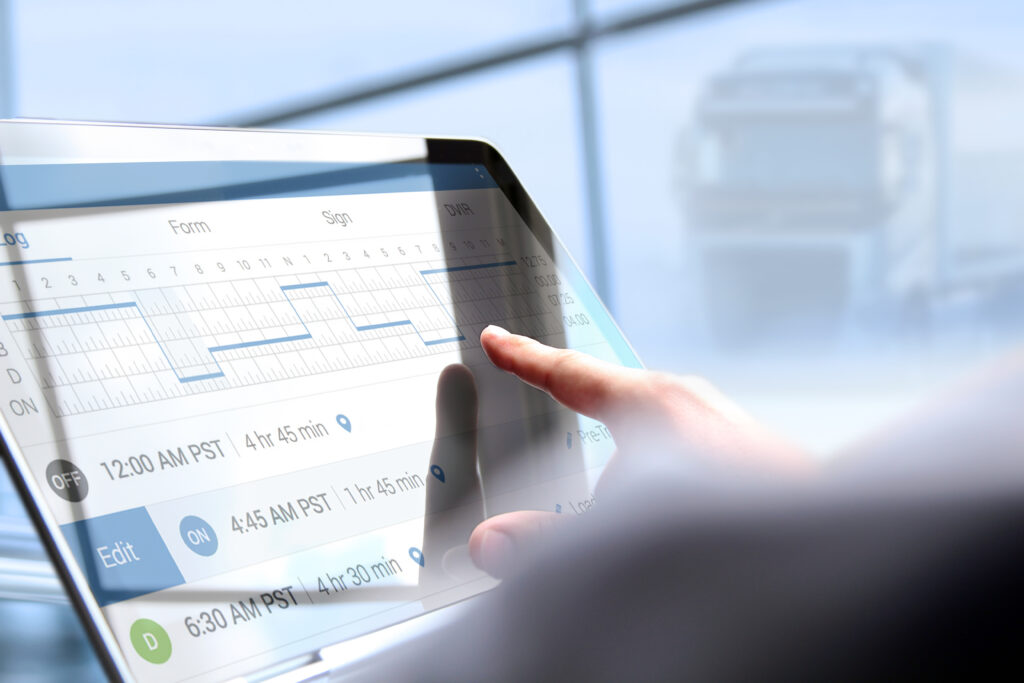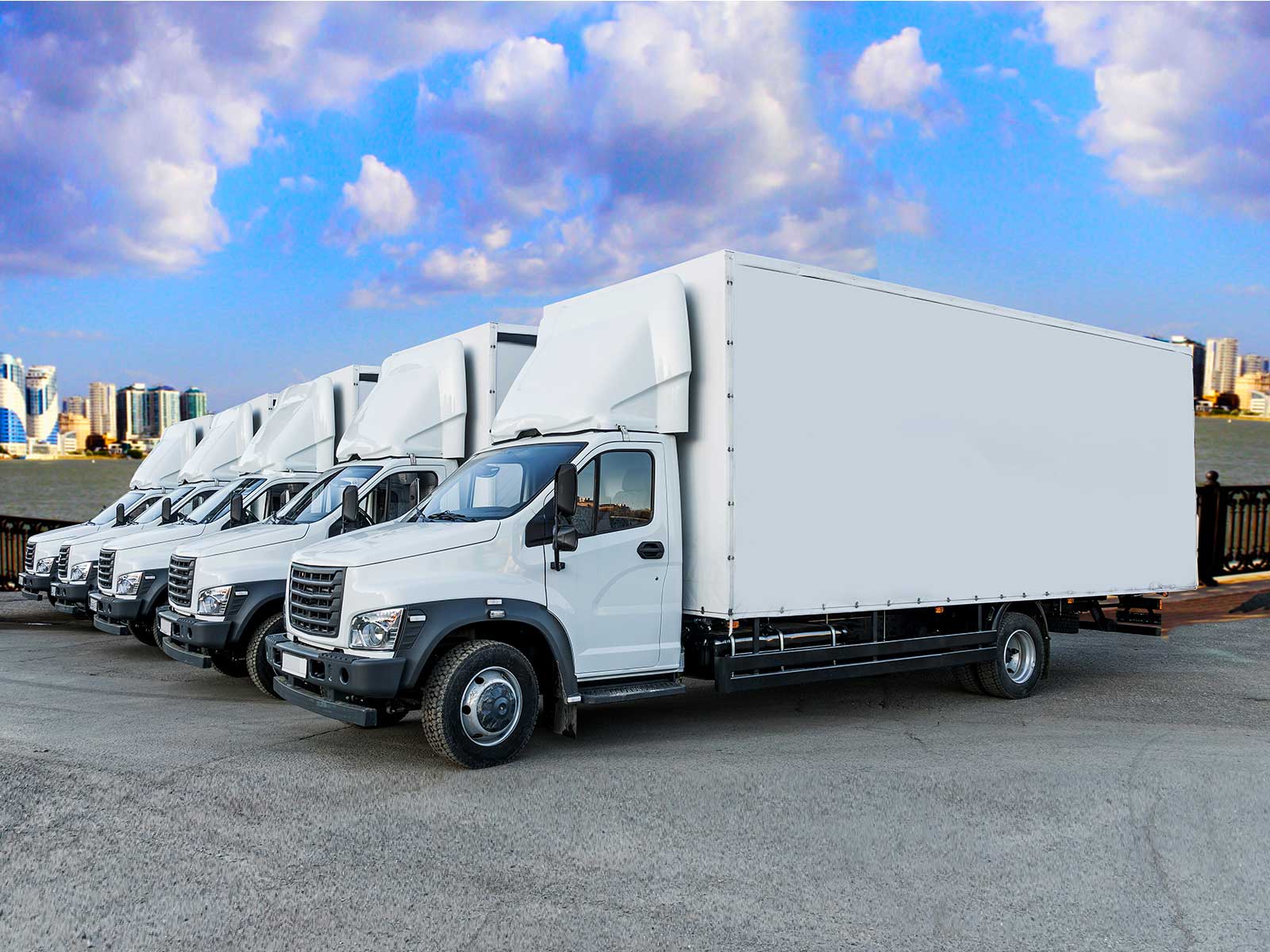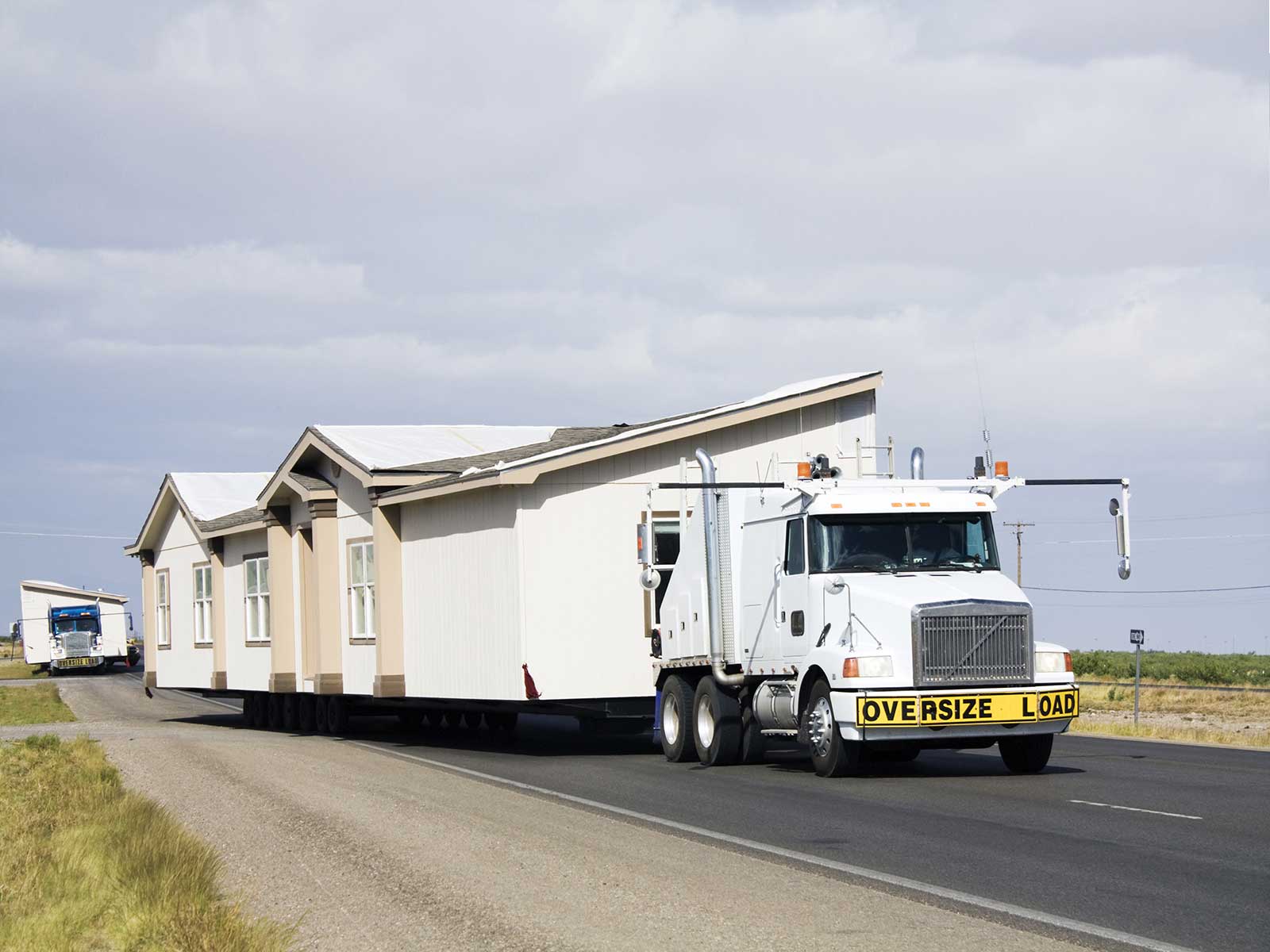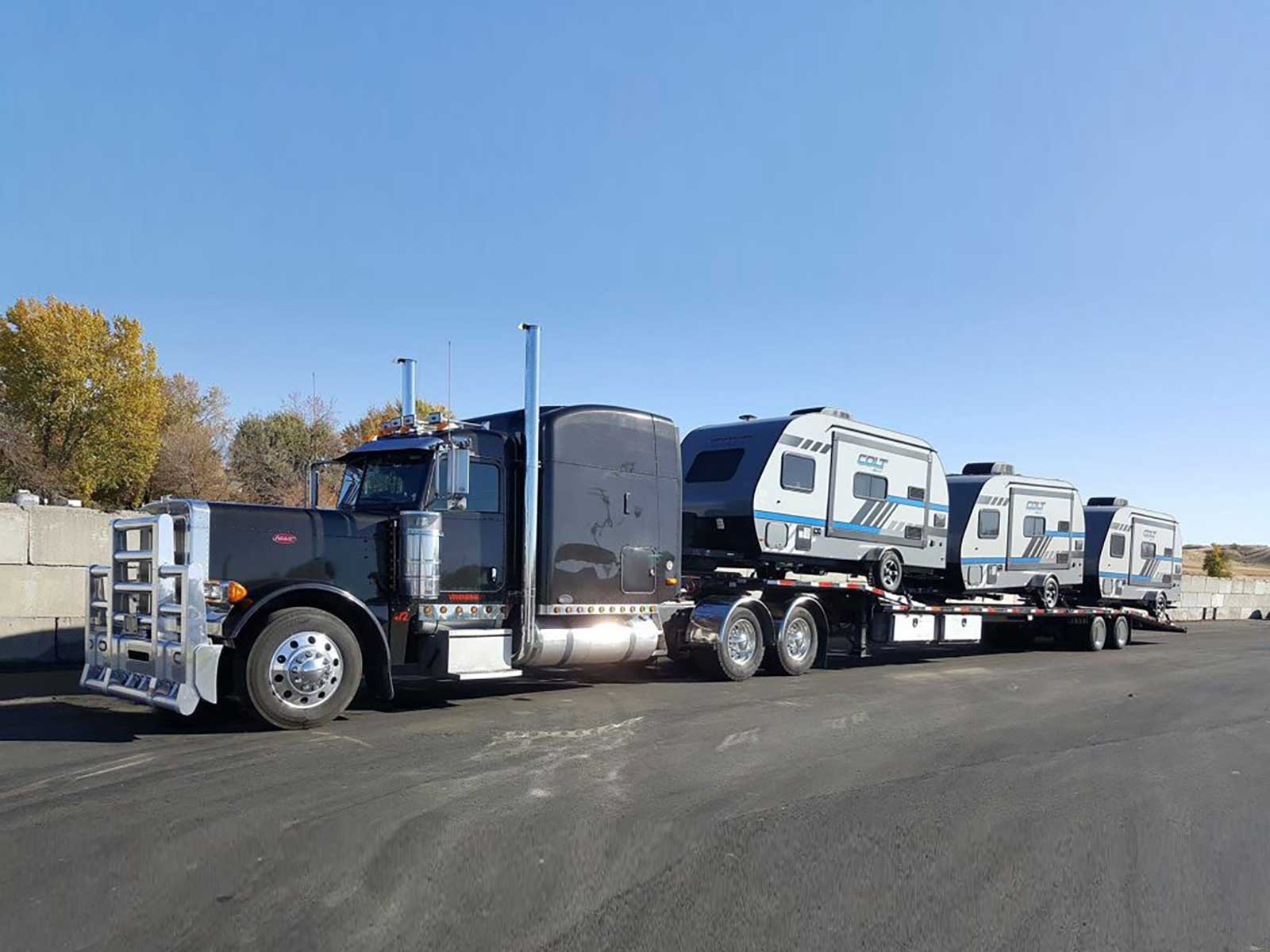The ELD mandate has been active for six years. A lot was argued on both sides when first proposed. It’s a good time to review some of the impacts of the ELD mandate.
The purpose for mandating the ELD rule was “…The requirements for ELDs will improve compliance with the HOS rules,” as was written in Federal Register/Vol. 80, Number 241, in 2015.
According to the FMCSA, ELDs have led to fewer HOS violations because ELDs automatically record and cannot be edited by the drivers. As a result, more drivers are not violating the 11- and 14-hour rules and are more compliant with HOS regulations.
On the downside, studies reveal that drivers are speeding more, because of ELDs. Some drivers are driving faster to make up for lost time because they can’t falsify logs any more. One study said there were more accidents in the first full year of ELDs than in the previous year—the last year of paper logs.
The mandate contained some exemptions. One is trucks older than model year 2000 do not have to run ELDs. This is because an ELD can not be plugged into older trucks. Another exemption is for driveaway-towaway operations. Drivers in Pinnacle Fleet, for example, who single pull RVs, do not have to use an ELD.
The exemptions led to another technical advancement—electronic logbooks.
Drivers who qualify for the exemption can use an electronic logbook. These are apps that are downloaded on smart phones, tablets or other electronic devices. The driver has to “log” his Record of Duty Status (RODS) changes on the app. The app does not plug into the truck, but they possess GPS capabilities, so locations are automatically logged.
Pinnacle Transportation has embraced the new technologies, electronic logbooks and the ELD regulations. We are also working to bridge the gaps caused by some of the flaws in the mandate, like speeding.
There are other flaws, too, systems glitches and service issues. But motor carriers are working with providers to overcome these flaws. Next week we’ll discuss some of those issues.
ELDs, electronic logging devices, plug into a truck and automatically tracks different data the truck generates including Hours of Service (HOS) information necessary to comply with FMCSA regulations.
An electronic logbook is an app that drivers download on smart phones, tablets or other devices. The e-logbook does not plug into the truck. The driver is responsible for making the Record of Duty Status (RODS) changes. The electronic logbook does have GPS capabilities, so location is logged automatically.
Since Pinnacle’s ELD and e-logbook provider is Motive, we will explore the Motive platform. Here are some issues drivers encounter and suggested remedies:
- Incorrect location. The e-logbook is known for noting an imprecise location because it takes the signal from the strongest tower, not necessarily the closest. Drivers can manually correct the location.
- Satellite disconnects. Losing the signal to your ELD or e-logbook is one of the most common glitches. Drivers can call Motive Support, 855-434-3564, they can get your signal back.
- Login issues. Sometimes it appears that e-logbook users get locked out. Restarting your device can correct that issue but oftentimes, the issues is a failure to install updates. Your device must be updated regularly to support the Motive platform.
- HOS errors. Both the e-logbook and the ELD have a function that alerts the driver to an impending HOS error, such as, 30-minute break violation. Motive alerts usually come an hour before you must stop. This is not a glitch; it is a reminder to pay attention to the alerts.
- Officer Unfamiliarity. Some DOT officers are not familiar with the Motive process when viewing driver logs during a roadside. Drivers should know how to submit logs to an officer electronically. Most state CMV police have a website to download and email logs to. Also, always carry the Motive instruction manual in your truck. That is a DOT requirement.
Anytime you need help, the Motive support phone number is 855-434-3564 or you can email support@gomotive.com.
Happy trails,
Brian














